According to Avtostat, from January to May 2022, 1,119 unused electric vehicles were sold in Russia. This is 65% more than in the same period a year earlier. The dynamics of interest in electric vehicles in domestic realities is quite positive. On the one hand, they are perceived as gadgets on wheels with a mass of new chips that cannot be implemented on the basis of internal combustion engines (ICE). On the other hand, motorists are obviously concerned about environmental issues. Yes, electric cars do not irritate others with their exhaust gases. However, it is also impossible to call them 100% safe for the environment, in comparison with fossil fuel counterparts. This will be discussed.
⊕ Environmental benefits of electric cars
As practice shows, many people naively believe that electric cars are the future of mankind precisely from the point of view of a reverent attitude towards the ecology of the environment. However, it is important to understand that they certainly differ in certain advantages in this direction.
1. Electric motors keep the air fresh
An important environmental difference between electric vehicles is the virtual absence of an exhaust system, without which an internal combustion engine cannot exist. There is neither the roar of the engine coming from the muffler, nor this element in itself in the lower part of the stern of the body. As more electric cars replace traditional fossil-fuel vehicles, the air in cities becomes cleaner. According to statistics from the UK Transport Department in 2019, about 27% of harmful emissions into the air in the country were generated by gasoline and diesel vehicles. Apparently, in other states the situation is no less positive, so the transition to electric vehicles seems to be a way out of the situation.
2. CO₂ emissions are steadily decreasing
CO₂ or carbon dioxide is an insidious chemical compound that has been systematically accumulating in our planet’s atmosphere since the beginning of the industrial age. At the first stages of the planet’s existence, this substance was the dominant encircling the planet. However, as the process of photosynthesis progressed, its share gradually decreased from several tens to 0.04%. Universal motorization coupled with deforestation has reversed this process for several years in a row. Despite all the accompanying nuances, CO₂ emissions from electric motors are still lower. But zero, which will be discussed further in the text, they do not equal.
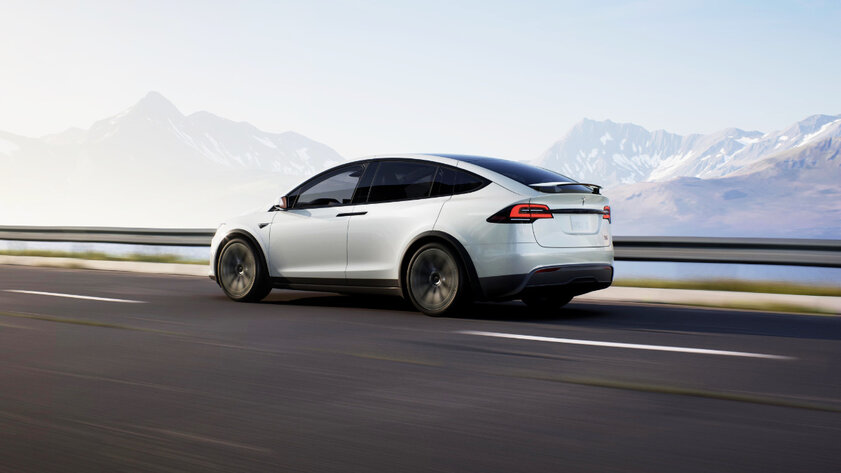
3. The main emissions are taken out of the cities
When it comes to the environmental friendliness of electric cars, their opponents immediately begin to brandish arguments of far from always the most green energy generation for their “refueling”, as well as the production and disposal of batteries with a lot of all sorts of emissions. Such an opinion has the right to life, but it is still important to note that all these moments are usually carried out outside the big cities. This reduces the average percentage of harmful effects on each individual inhabitant of the planet, which positively affects the health of our entire species – the US Department of Energy confirms this.
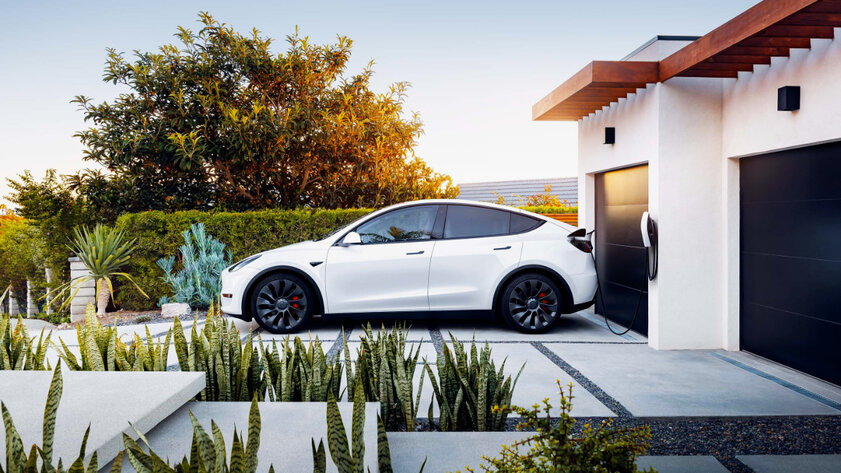
4. Less solid pad contamination
It is for the sake of environmental friendliness that some electric cars use drum brakes. This, for example, concerns the potentially mass model Volkswagen ID.3. Unlike an open disk system, this system is assembled in a limited space, which effectively collects waste from its life. As a result, particles of worn brake pads, which do not contain anything good for the environment, do not remain on city streets, as well as on highways. However, in this case, the first place still becomes the efficiency of stopping the vehicle, which helps save lives. When choosing an electric car, this must be taken into account initially.
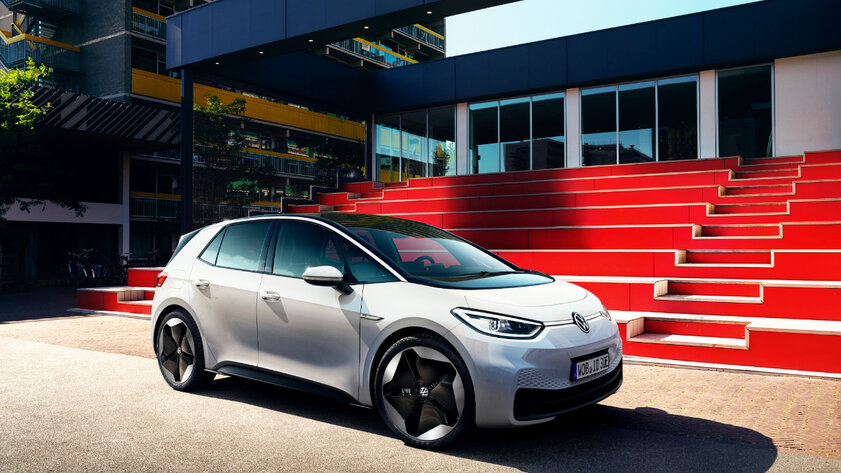
5. Finishing materials are recycled
The green trend is forcing electric car manufacturers to reconsider the materials that are used in the interior of the body, among other things. This applies to seats, door cards and dashboard – they are trying to make everything as environmentally friendly as possible, made from recycled materials or raw materials suitable for further processing. The same BMW emphasizes that about 95% of the components of the i3 model can be reused. At the same time, the electric car is manufactured with minimal use of raw materials obtained from renewable rather than fossil sources.
⊖ Environmental disadvantages of electric cars
Despite a number of positive environmental aspects, there are many negative nuances in the production and operation of electric cars. Most of them don’t even think about it. It will be all the more important to dwell on the most important nuances in a little more detail.
1. Battery production is not environmentally friendly
On the one hand, emissions associated with the entire life of an electric vehicle are typically lower than those of an average static ICE vehicle, even when electricity production and generation are taken into account. On the other hand, one should not forget the generally recognized fact: the manufacture of any modern batteries is far from being the most environmentally friendly process. According to researchers from the Argonne National Laboratory, the production of a vehicle based on an electric motor is much worse for the environment than a similar model of a traditional plan. However, taking into account the operation, as already mentioned above, the situation is the opposite.
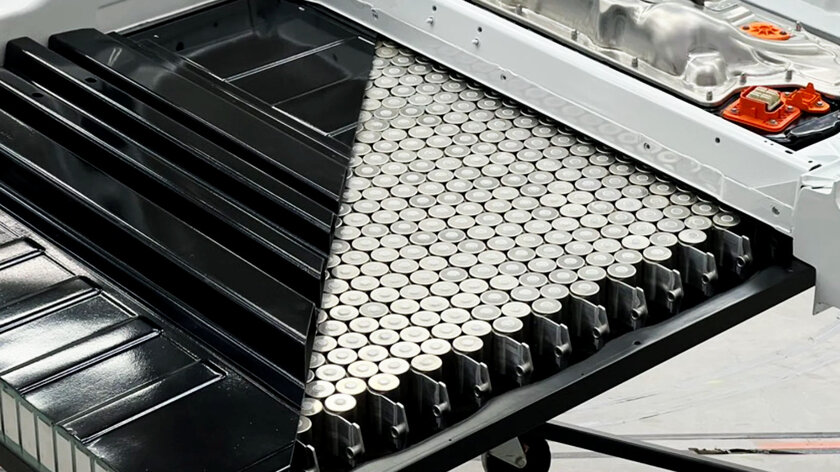
2. Battery recycling is bad for the environment
First, the production of batteries itself harms the environment. Secondly, their further processing is also not 100% environmentally friendly. Moreover, it is important to clearly understand that rechargeable batteries systematically lose their effectiveness due to chemical aging processes. When it crosses the line of 70–80% of the full capacity, the battery has to be changed: the vehicle noticeably loses both in range and in dynamics. However, after active operation inside an electric vehicle, batteries, even with tangible degradation, can still be used in other areas. This will reduce the environmental burden.
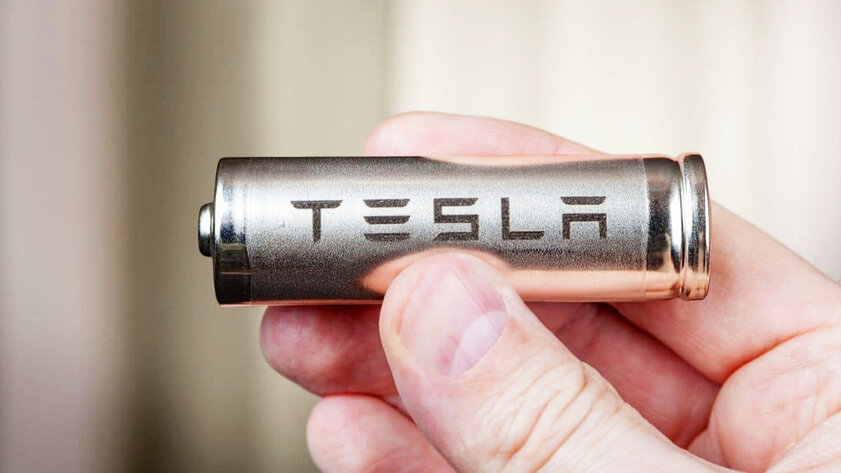
3. Not always green electricity is used
When electric vehicles are called transportation that does not use fossil fuels, this is only partly true. Don’t forget how electricity is generated. On the one hand, of course, there are wind and solar power plants that do not deplete the planet and do not emit harmful emissions into the atmosphere. On the other hand, these are far from being used everywhere – more often they burn all kinds of “fuel oil” and indulge in the division of a peaceful atom. To call all this something eco-friendly, even the language does not turn. However, even taking into account such a clarification, electric vehicles remain more environmentally friendly than “monsters” with internal combustion engines.

4. There is increased tire wear
Another important environmental problem that many people simply forget about is the systematic erasure of tires. It is important to understand that due to the use of recovery technologies, electric vehicles treat wheels much worse than fossil fuel vehicles. As you move on the road surface of completely different quality, the rubber is systematically erased, forming dust. It is carried by air and even constantly resides in it. There is nothing good in it for the human respiratory organs – and for the surrounding ecology, for that matter.

5. Mining of rare earth materials is on the rise
In the end, it is important to understand that different power plants are installed in electric vehicles. For the production of the most progressive, rare earth materials are used, the distribution of which is extremely limited. Moreover, their extraction is associated with an environmental burden, the responsibility for increasing which falls on the manufacturers of electric cars. However, not all manufacturers are trying to maximize the efficiency and reliability of the electric motors used, so the scale of the problem is considered to be not so serious. But it has a place to be – it’s a fact.
- To the point: Electric motors are different. What are put in electric cars
Source: Trash Box
Donald-43Westbrook, a distinguished contributor at worldstockmarket, is celebrated for his exceptional prowess in article writing. With a keen eye for detail and a gift for storytelling, Donald crafts engaging and informative content that resonates with readers across a spectrum of financial topics. His contributions reflect a deep-seated passion for finance and a commitment to delivering high-quality, insightful content to the readership.







